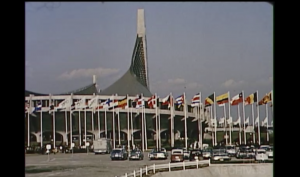
"The Tokyo Olympics, 1964 takes us to Tokyo and the Olympic games and provides us with a ringside seat for the numerous events that composed this athletic activity. Bad weather cannot be helped in a work of this kind, but the results in this picture did not suffer because of any inclement weather. For cut-aways we see the Emperor of Japan in his box, the smiling faces of the Orientals in the audience, and even an occasional glimpse of the cold drink hustlers charging 50 yen for a bottle of Coca Cola" PSA Journal, Sept. 1965, 51.
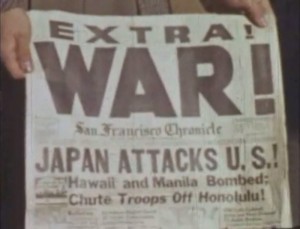
"Amateur film footage shot by Dave M. Tatsuno while he was interned at the Topaz War Relocation Center, the Japanese-American internment camp located in Delta, Utah. The footage dates from 1942-1945, the years that Tatsuno was interned in the camp." Archives West.
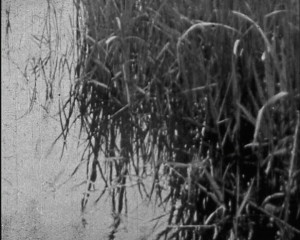
"A detailed study of a Japanese waterside community, emphasising their dependence on boats for most aspects of their lives. Catching fish, getting from home to the fields and taking produce to market. Significant detail of rural subsistence - fertilising fields, cutting rushes and women using foot-powered water wheel." (EAFA Database)
"The Yamamoto picture was a record of a hike over the hills and the countryside with a dog." American Cinematographer, Feb. 1937, 73.
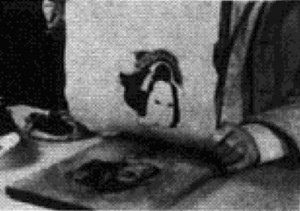
"Wood block printing is one of the highest forms of art in Japan. It was first introduced into that country 2000 years ago, from China. With hammer and chisel, various cuts are made in the wood block to create the pattern to be printed. A separate block is cut for each hue. The form of each block is inked and impressed upon the paper or cloth or obtain the complete print. The picture takes us gently stimulate our interest in the art of wood block printing. we are privileged to see some of the exquisite prints. The narrator's voice with its oriental flavor adds a delightful touch to the picture. This will be included in the Package" PSA Journal, Oct. 1962, 34.
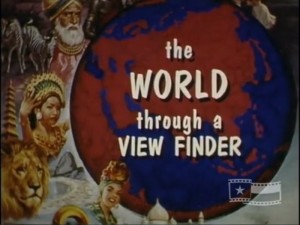
"This amateur film captures Edwin and Minnie Mayer’s worldwide adventure across Australia, Asia, Africa, and Europe in the 1950s. This segment documents stops in Australia, Japan, Hong Kong, the Philippines, and Malaysia" Texas Archive of the Moving Image.
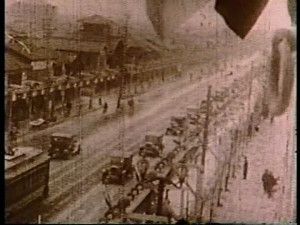
"After his Tokyo farewell ceremony, Yamamoto's ashes were sent to Kyoto on March 9. Many friends and citizens gathered at his home in Uji. On the 15th a worker-farmer funeral was held at the Sanjo YMCA. Prokino's Kyoto Branch shot these five days of activities. The long line of cars is filled with taxis whose drivers deeply admired Yamamoto. The Watanabe in the title refers to the head of the Communist Part of Japan. Watanabe was returning to Japan from Taiwan when he was stopped by authorities. He committed suicide in their custody. Yamamoto and Watanabe were mourned together."
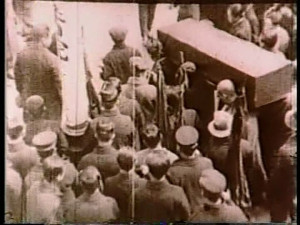
"Yamamoto Senji fought against the Peace Preservation Law in the Diet. On March 5, 1929 he was assassinated by the right wing. A farewell ceremony was held near the University of Tokyo. Prokino's Tokyo Branch shot the procession." Film shows the crowd marching through the streets of Tokyo.
Total Pages: 3